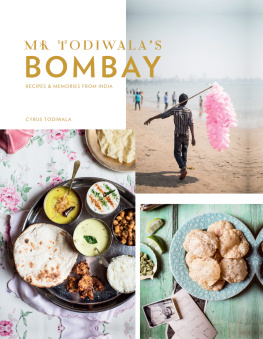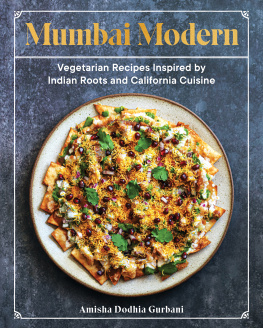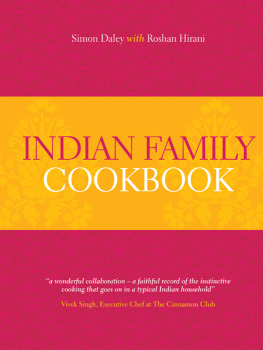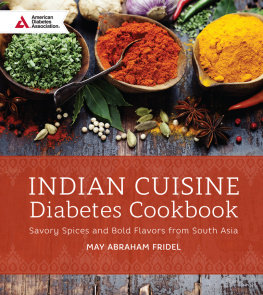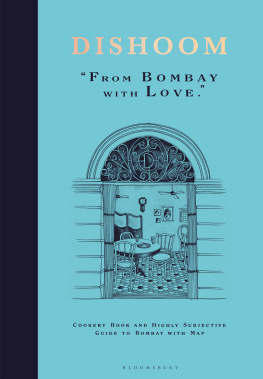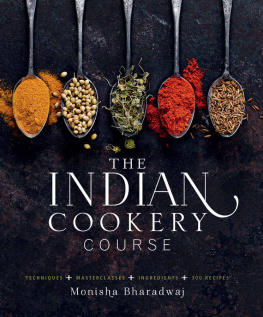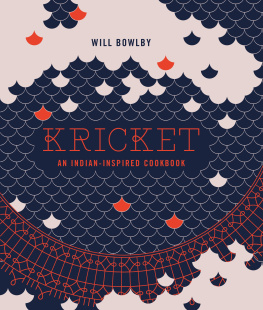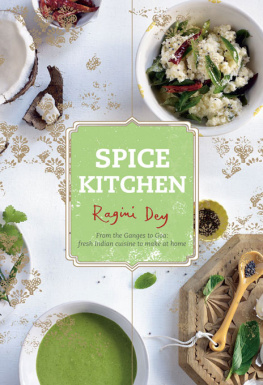CONTENTS
Oh Bombay, my Bombay is a phrase that has graced many a song. Another is, A little careful, a little watchful, this is Bombay my dear. The city was originally made up of seven islands joined by causeways, but was transformed into the metropolis it is today in the 18th century. The Portuguese invaded and named it Bombaiyya (A Good Bay), which the British shortened to Bombay. It is now called Mumbai after Mumbadevi, the goddess of the fisherfolk who used to inhabit the islands, but to many of us it is still Bombay and always will be (though, of course, we refer to it as Mumbai when we are talking colloquially!).
Throughout its history, it has been populated by migrants from other parts of the subcontinent, from small fiefdoms ruling certain, islands and neighbouring lands to those seeking wealth due to its fabulous location. Even today it is believed that thousands pour into Bombay daily trying to find that pot of gold they think is awaiting their arrival. Most stay and eke out a basic survival rather than go back to their villages, either because life in Mumbai is actually better than where they came from or because they simply cannot afford to return home. The crawling metropolis has an unofficial claimed population of over 22 million. It is not only Indias great capital of finance and business but also to me and millions of us Bombaywallas the best city in the country and, for most, the world.
Bombay is the city where I was born and one that holds many powerful memories for me. Although I suffered from acute asthma, my childhood was filled with fun and happiness. Growing up with an extended family with a popular, well-known father and an equally popular maternal uncle, I had the honour and privilege of meeting hundreds of people and learning a lot as I grew up. My uncle used our sitting and dining room for his afternoon dispensary where tons of patients came to be treated by the one they considered an angel sent by God to heal and cure. Such was his following that people would sit on the steps of the building all night whilst my uncle slept because they wanted only to be treated by him!
My dad was the first Indian to work for the Western India Automobile Association and was its first Indian Chief of Road Service, working closely with Bombays police and other authorities. He was a respected, well-liked and well-connected member of the community. In 1968 we moved out of our apartment when the building (or Cabinet House as it was called) was sold and later demolished to make way for a new block, and into a house in Bandra, a suburb of Bombay. It was where my father had previously lived in 1938 with his two aunts whom he looked after until they passed away. It has been our home in Bombay ever since. I also spent three years in my uncles home in Madhya Pradesh a state in central India where the dry climate suited my asthma and where, once again, the local fare influenced me greatly. It was the extended family that first gave me my taste for good food. Meals cooked by mum at home, the cooking of our neighbours and local street food have all influenced my cooking and still do to this day. Each time we go back to Bombay, I learn something new.
My great aunt made awesome chapattis, mince-filled potato cakes and many other things. Her spiced lamb mince was famous in the family along with her chutneys and pickles. I will always remember her raw cane syrup, too. It was like dark treacle and was the one thing that, as kids, we were all addicted to. My mum was also an expert at making chapattis and it was amazing how round she got them and how they rotated while she rolled them out. I have never been able to emulate her skill. A particular fond memory is how, at a very young age, we enjoyed caramelized stale chapattis (leftover ones, sauted in a pan with butter and sugar until golden) and, when I was older, I used to make them for and then sell them to my cousins and sister!
Bombay is nothing short of a melting pot of cultures and cuisines. Street food is vast and boasts more intricate fusions than other Indian cities known for their cuisine such as Delhi, Calcutta, Chennai, Lucknow, Bangalore and Hyderabad. Whilst each and every one of them is unique and offers amazing street fare, Mumbai or our Bombay surpasses all by its sheer quantity, variety and creativity.
The area surrounding our first house when we lived with our extended famiy, was lined with street food vendors. In those days, it was not, of course, as busy and mad as it is today and the number of outlets has multiplied tenfold. What is great to see, however, is that some of the old establishments are still there fifty years on.
One thing that does amaze me is the amount of spare cash youngsters seem to have to spend these days. When I think back to my childhood and teenage years, money was so scarce that we would walk a few bus stops to save enough to buy a hot . Those of us who grew up there in the sixties and seventies, embracing the city and its cultures and vibes, now find it, at times, too expensive for words. However the charm, excitement, flavours and choices have never dwindled but, in fact, quadrupled.
My love of food did, eventually, lead me to join a catering college the Basant Kumar Somani Polytechnic and to qualifications, which then led to an amazing, fun-filled, often scary and disappointing, exciting and rewarding career. Whilst catching up with some of my old student friends recently, I was reminded of some of my tomfoolery and mischief. They recalled how we duped our Indian bulk-cookery teacher. My friend Arun Alvares and I always volunteered for everything and she always said how nice we were but we always had an underlying motive, too. Every time we went to collect the chickens for the class from the stores, the livers, gizzards, necks and hearts miraculously vanished and she was left in a quandary. Of course they had been frittered away to prepare a meal for our fellow accomplices and we would have a feast later. One day I overheard her shouting at the storekeeper to complain to the supplier that he was cheating and his chicken should always come with the giblets inside. He, quite rightly, hotly denied it. She cottoned on eventually, but the forced wall-washing and scouring of pots and pans did nothing to suppress the satisfaction of all those yummy treats we had had.
Soon Aruns and my reputation for mischief went before us and if anything went wrong the Principal always called us into her office. Proving our innocence became the greatest battle! Many such memories flood my head as soon as we sit and reminisce in the right company surrounded by friends, food and drink and the great times we used to have. However the love for cooking did not start in college. I used to dabble with my mother in her kitchen all the time (where everything got eaten without complaint), from about twelve years of age. However it was at boarding school that I got my first opportunity to cook.
Our food at school was dismal to say the least and, naturally, for boarders who had adequate exercise, growing bones and ever-empty bellies, something had to be done to feed those hunger pangs. The only time this could be done was in the wee hours of the morning, say between 3 and 4 oclock. To hatch plans was easy and to invite contributions was easy, too, since we shared it all. Now just bear in mind that our weekly pocket money was just 2 rupees, which, in todays sterling conversion is 0.02p and in India not worth mentioning as even beggars would throw it back at you if you gave them such a paltry amount! A stove had to be smuggled in and, of course, kerosene to light it. We had plenty of allies in school amongst the dinner staff who would do things for a little tip and they became our partners in this mischief or crime if you wish to call it that. We gave them 10 rupees for a stove and 1 rupee for a litre of kerosene. Smoke had to be avoided as our housemaster was a genius at catching us out and I have had many a stove confiscated. Im not sure why he never started a catering business: he must have taken at least six off me and many more from the other dormitories!

